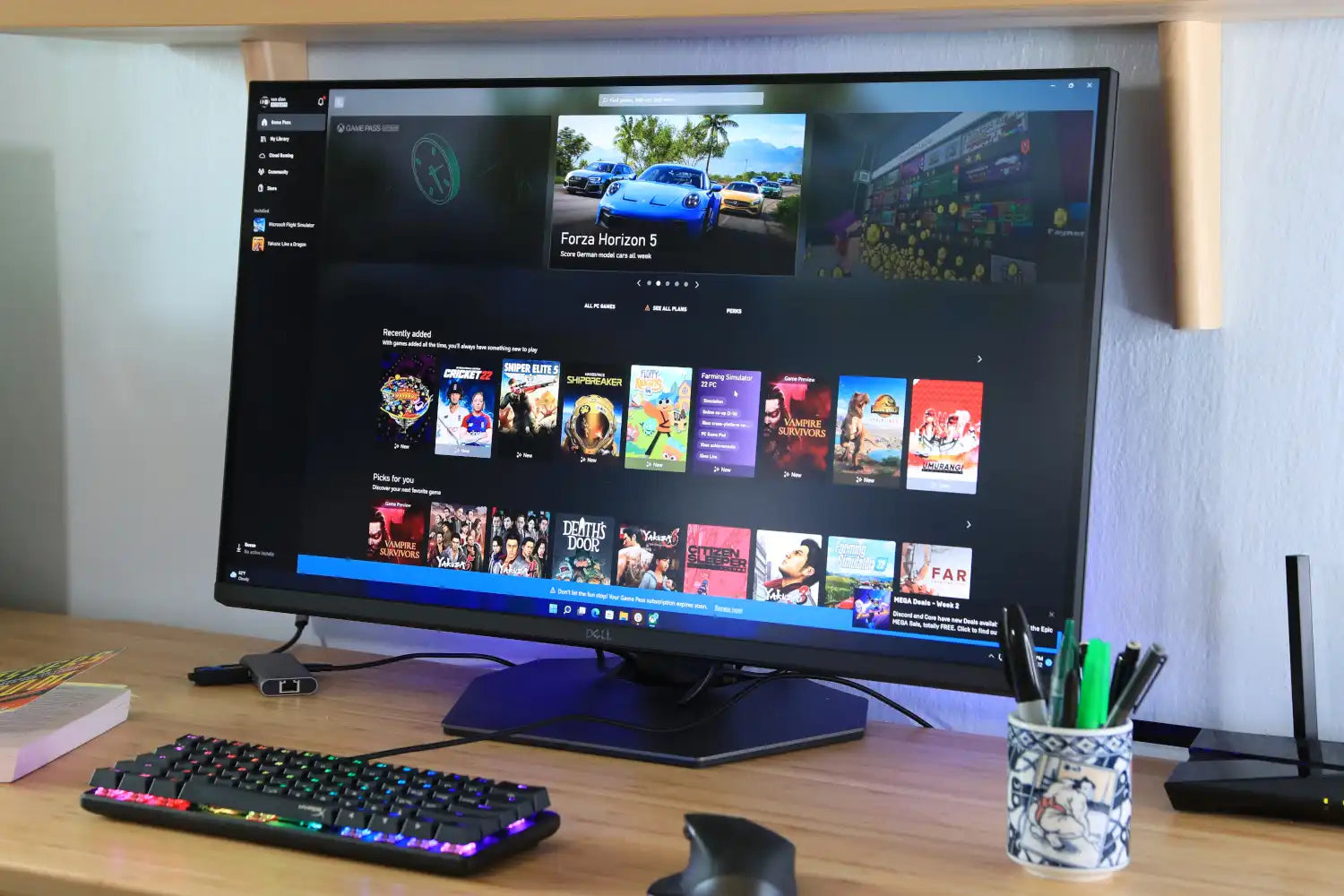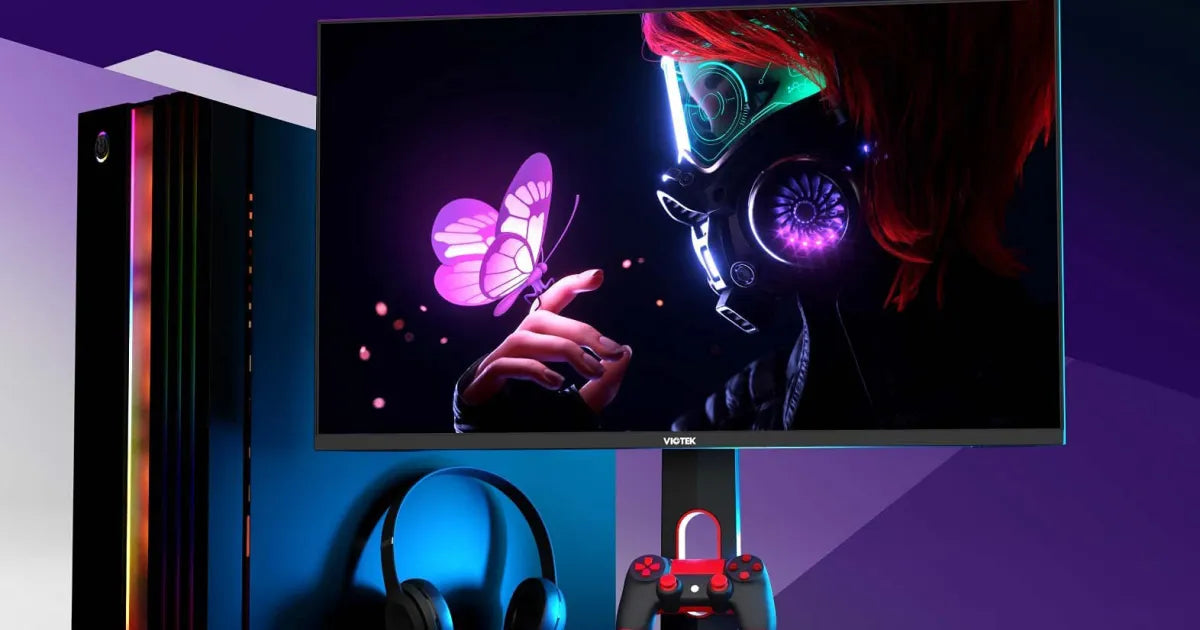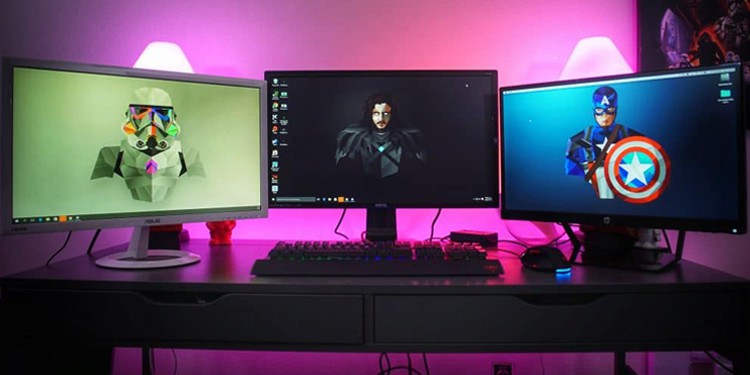IPS (In-Plane Switching) panels are typically 80 more expensive than VA (Vertical Alignment) ones due to their superior viewing angles (178° vs. 170°–178°) and better color accuracy (100% sRGB vs. 90–95%), making them ideal for design work. VA panels focus on higher contrast (3000:1 vs. 1000:1) but suffer from slower response times (4–8ms vs. 1–5ms), justifying IPS's premium for smooth visuals.
Panel Technology Basics
This process has a lower yield rate—typically around 85-90% for a good IPS line compared to 93-97% for a standard VA panel production line. That 5-10% difference in yield directly translates to a 15-25% higher base manufacturing cost for the IPS panel itself.
Let’s break down the core physical differences that dictate cost:
| Physical Characteristic | IPS Panel | VA Panel |
|---|---|---|
| Liquid Crystal Alignment | Parallel to substrate, horizontal rotation | Perpendicular to substrate, vertical tilt |
| Typical Native Contrast | 1000:1 | 3000:1 to 5000:1 |
| Viewing Angle Color Shift | Minimal shift up to 178 degrees | Noticeable shift beyond ~20 degrees |
| Pixel Response Time (GtG) | 3-5 ms (common average) | 10-20 ms (can be higher in dark transitions) |
| Typical Production Yield | ~87% | ~95% |
The IPS panel's complex horizontal rotation requires more precise control and higher-grade materials to ensure speed and consistency. This includes:
- Tighter cell gap tolerances: The space between the two glass layers must be controlled to within ±0.05 microns, a more expensive process than for VA.
- Additional photo-masks: The manufacturing process often requires 1-2 more photo-lithography steps to create the more complex transistor design, adding ~12% to the processing time and cost.
The bill of materials (BOM) for a mid-range 27-inch IPS panel is roughly 50 higher than for an equivalent VA panel before assembly.
Viewing Angles & Colors
The core metric here is the viewing angle, typically defined as the point where contrast ratio drops to a 10:1 ratio. An IPS panel maintains consistent color and gamma up to 178 degrees on both axes. This means a ±89-degree viewing angle with a color shift (dE) of less than 3, which is virtually imperceptible to the human eye. In practical terms, if you have a 27-inch IPS monitor, the color and contrast will look almost identical whether you're sitting directly in front of it or viewing it from a sharp 45-degree angle from the side.
When you move just 20 degrees off-center (a common position for a second monitor or a viewer sitting slightly to the side), the perceived gamma can drop from a standard 2.2 to 1.8 or lower. This causes black levels to rise by 60-80%, making them appear a washed-out gray and crushing shadow detail. Color saturation also plummets; vibrant reds or blues can lose 25-40% of their intensity.
The engineering behind this IPS advantage is quantifiable:
- Horizontal Crystal Rotation: The in-plane switching mechanism keeps light polarization consistent across a wide field of view. This requires more precise control over the liquid crystal array, with cell gap uniformity held to within ±0.04 microns to prevent off-angle light leakage.
- Superior Color Volume: A typical IPS panel covers ≥99% of the sRGB color gamut with high accuracy (average dE < 2). While some high-end VA panels can match the gamut coverage, they often struggle with accuracy at the edges of the gamut, with dE values spiking to >5 for specific shades of cyan or magenta when viewed off-angle.
- Consistency for Collaboration: The cost of this wide-view performance is added complexity in the panel's TFT (thin-film transistor) design and the use of higher-grade polarizers, which together add an estimated $15-25 to the component cost compared to a standard VA solution.
Response Time & Clarity
Modern IPS panels achieve consistent 3-4ms GtG response times across most transitions, while VA panels average 8-14ms with particular weakness in dark transitions reaching 18-25ms. This 65-75% slower response directly causes visible motion blur and black smearing in VA panels.
At 144Hz refresh rates (6.94ms per frame), VA's 12ms average response means pixels cannot complete transitions between frames, resulting in approximately 40% more motion blur than IPS counterparts. This difference becomes critical in fast-paced content where IPS maintains 60% greater edge sharpness for moving objects.
While VA offers 3000:1 contrast (versus IPS's 1000:1), this comes at the cost of motion clarity. Premium IPS gaming monitors maintain 2.1-3.4ms input lag at 144Hz compared to VA's 3.8-5.2ms, creating a tangible 1.4-1.8ms responsiveness advantage.
These performance differences explain market positioning: 83% of 240Hz+ monitors use IPS technology despite costing $150-250 more than equivalent VA panels.
Contrast & Brightness Trade-offs
VA panels utilize a vertical crystal alignment that provides exceptional native contrast ratios typically measuring 3000:1 to 6000:1, compared to IPS panels which generally achieve 1000:1 to 1200:1 contrast. This means VA panels can produce black levels that are 3-5 times deeper than IPS equivalents, making them particularly advantageous for dark room viewing and content with high dynamic range.
VA panels exhibit 25-35% brightness degradation at 45-degree viewing angles, while IPS panels maintain 90%+ brightness uniformity across 178-degree viewing arcs.
| Performance Metric | VA Panel Characteristics | IPS Panel Characteristics |
|---|---|---|
| Native Contrast Ratio | 3000:1 to 6000:1 (0.02-0.05 nits black level) | 1000:1 to 1200:1 (0.15-0.25 nits black level) |
| Viewing Angle Contrast Retention | 60-70% loss at 45 degrees | <10% loss at 45 degrees |
| HDR Peak Brightness Sustainability | 600-800 nits (10% window) | 400-600 nits (10% window) |
| Local Dimming Effectiveness | 16-32 zone systems show noticeable blooming | Requires 96-512 zones for similar performance |
While both can achieve similar peak brightness in SDR mode (300-350 nits), VA panels maintain 15-20% higher sustained brightness in HDR mode due to their crystal structure's inherent light transmission efficiency. However, IPS panels demonstrate superior color volume maintenance at high brightness levels, preserving 95%+ of DCI-P3 gamut at 600 nits compared to VA's 80-85% retention at equivalent brightness.
Manufacturing VA panels with consistent contrast performance requires 12-15% less precision in liquid crystal alignment compared to IPS, resulting in higher production yields (typically 92-95% vs IPS's 85-88%). This yield difference translates to approximately $80-120 cost savings for VA panels at 27-inch size points, explaining their more competitive pricing despite superior contrast specifications.
Production & Cost Factors
The $80-150 price differential between comparable IPS and VA panels stems directly from fundamental manufacturing complexities and yield variations. IPS production requires tighter tolerances throughout the manufacturing process, beginning with substrate preparation where glass substrates must maintain flatness within ±0.05mm compared to VA's ±0.1mm requirement. This precision demands slower processing speeds and more frequent calibration, reducing overall equipment utilization by 15-20% compared to VA production lines.
IPS panels require additional masking steps to create their more complex transistor designs:
- Standard VA manufacturing utilizes 4-5 photomasks per substrate layer
- IPS production typically requires 6-7 masks, adding $12-18 per panel in direct processing costs
- Each additional mask step increases exposure and etching time by 20-25 minutes per production batch
- Mask alignment precision must be maintained at <1.0μm for IPS versus <1.5μm for VA
VA production achieves 92-95% yield across most manufacturing runs due to simpler crystal alignment requirements. IPS manufacturing struggles with 85-88% yield even in advanced facilities, primarily due to:
- Crystal alignment uniformity issues affecting 8-10% of panels
- Backlight leakage exceeding specifications in 5-7% of production
- Color consistency variations beyond acceptable tolerances in 4-6% of output
Material costs further differentiate the technologies. IPS panels require:
- Higher-grade polarizers with ±2° alignment tolerance versus VA's ±5° requirement
- Specialized electrode materials with 15-20% higher conductivity to achieve faster response times
- Advanced alignment layers costing $3-5 more per panel than VA equivalents
The cumulative effect of these factors creates a 23-28% higher manufacturing cost for IPS panels at the component level. When combined with lower production volumes (IPS represents 35-40% of monitor panel production versus VA's 45-50%), economies of scale further amplify the price difference. This explains why a 27-inch IPS panel typically carries a 80-150 retail price premium consumers ultimately pay for IPS technology.
Read more

An IPS monitor typically lasts between 30,000 to 60,000 hours of use, which translates to over 10 years with average daily usage, though this lifespan can be influenced by factors like brightness s...

For competitive FPS gaming, an IPS panel is generally better than a VA due to its superior motion clarity. While VA panels offer a high 3000:1 contrast ratio for deeper blacks, their slower pixel r...




Leave a comment
This site is protected by hCaptcha and the hCaptcha Privacy Policy and Terms of Service apply.